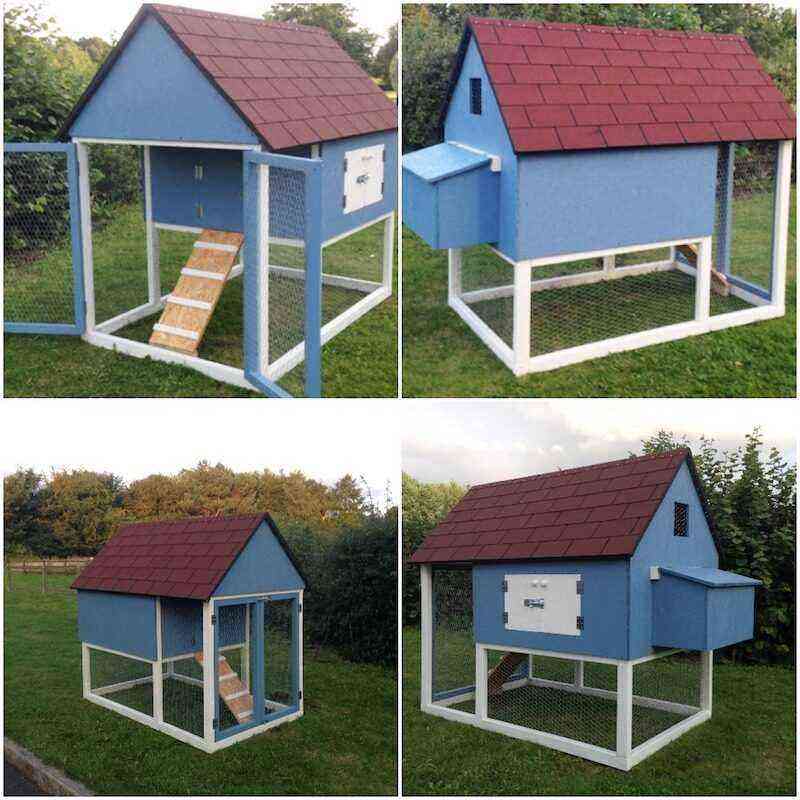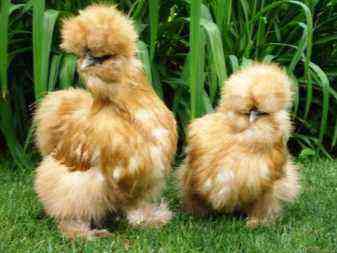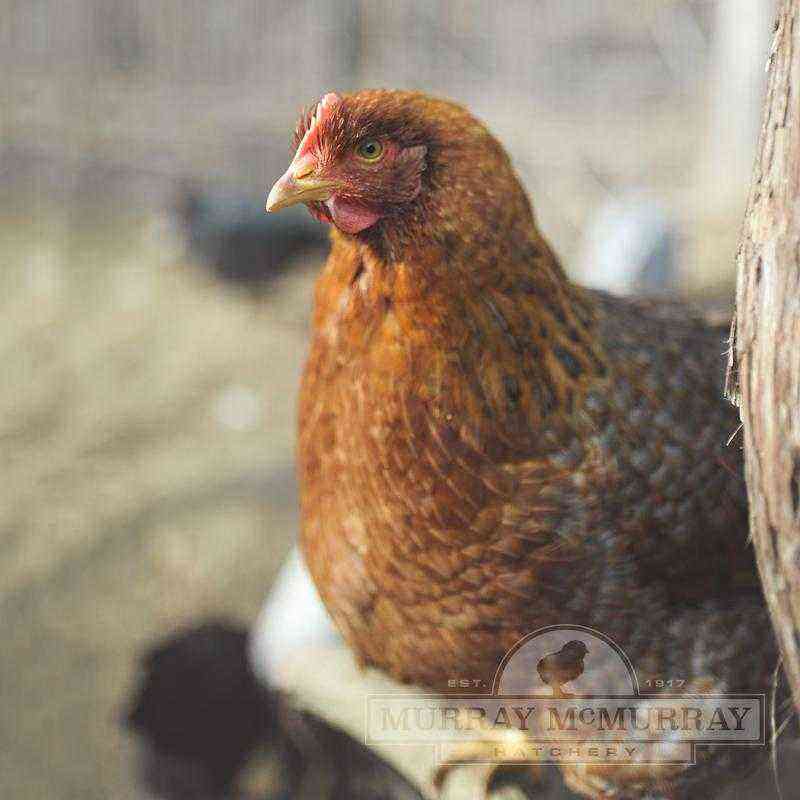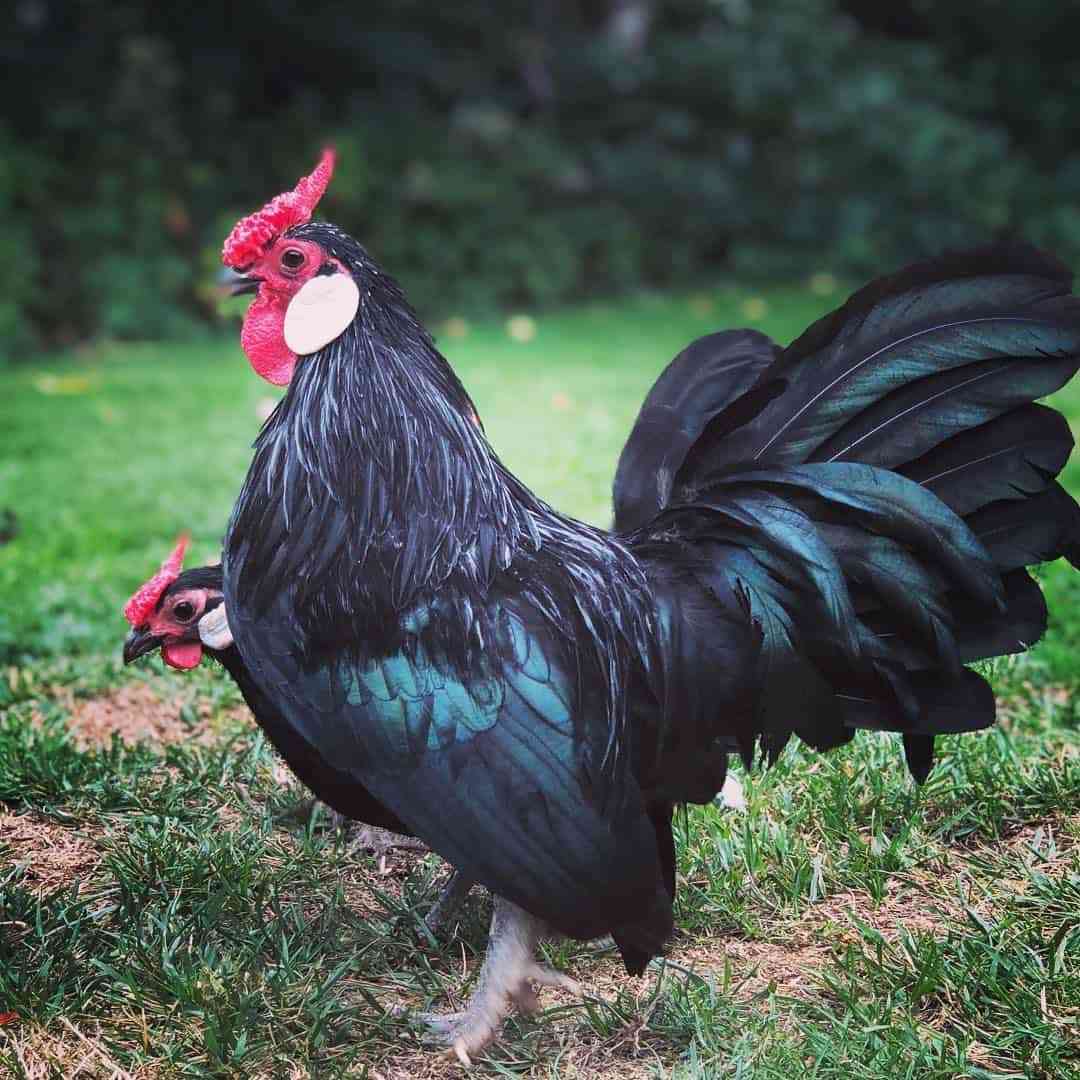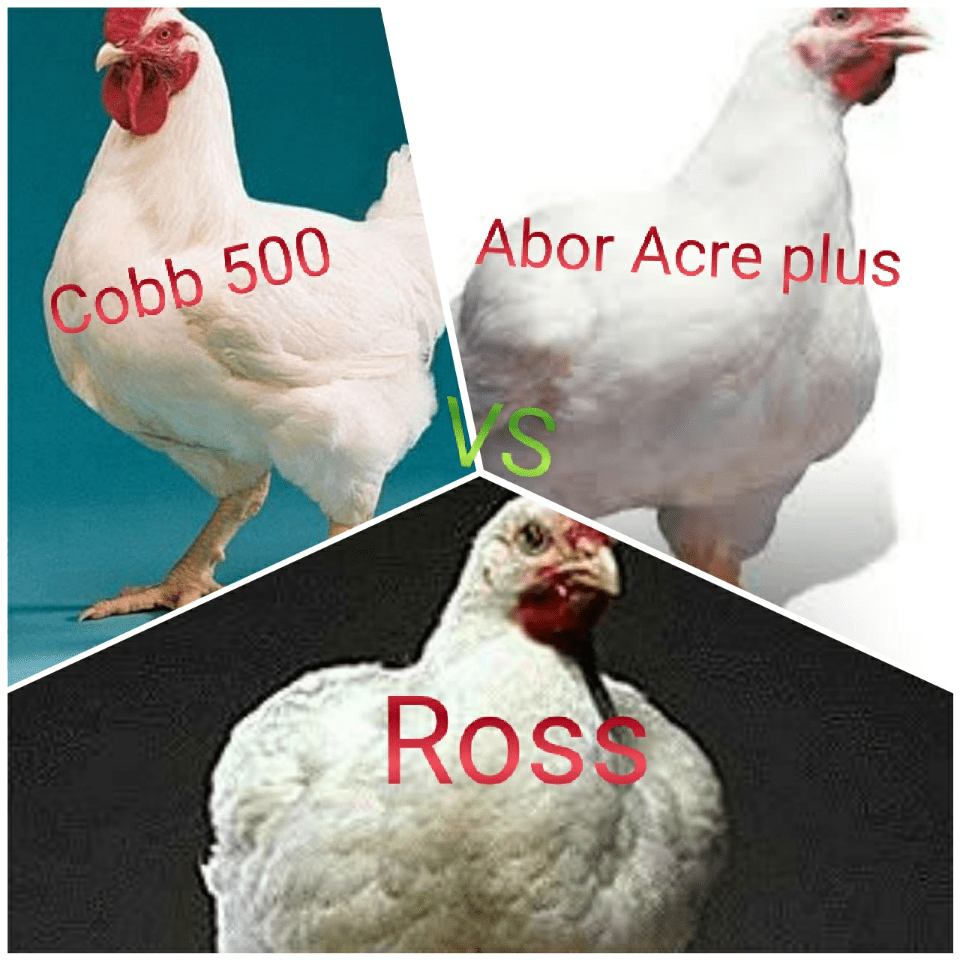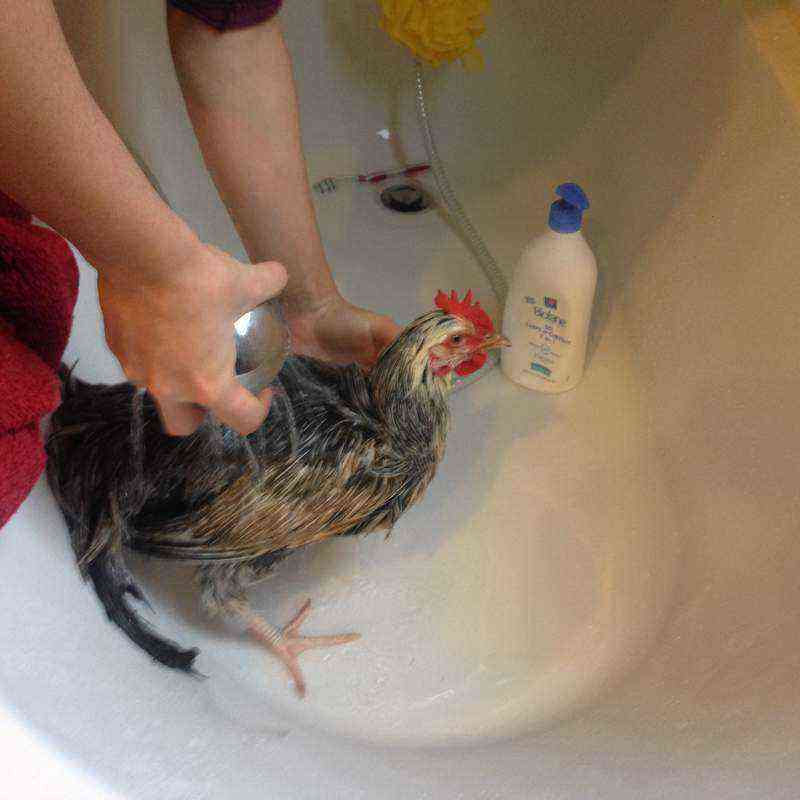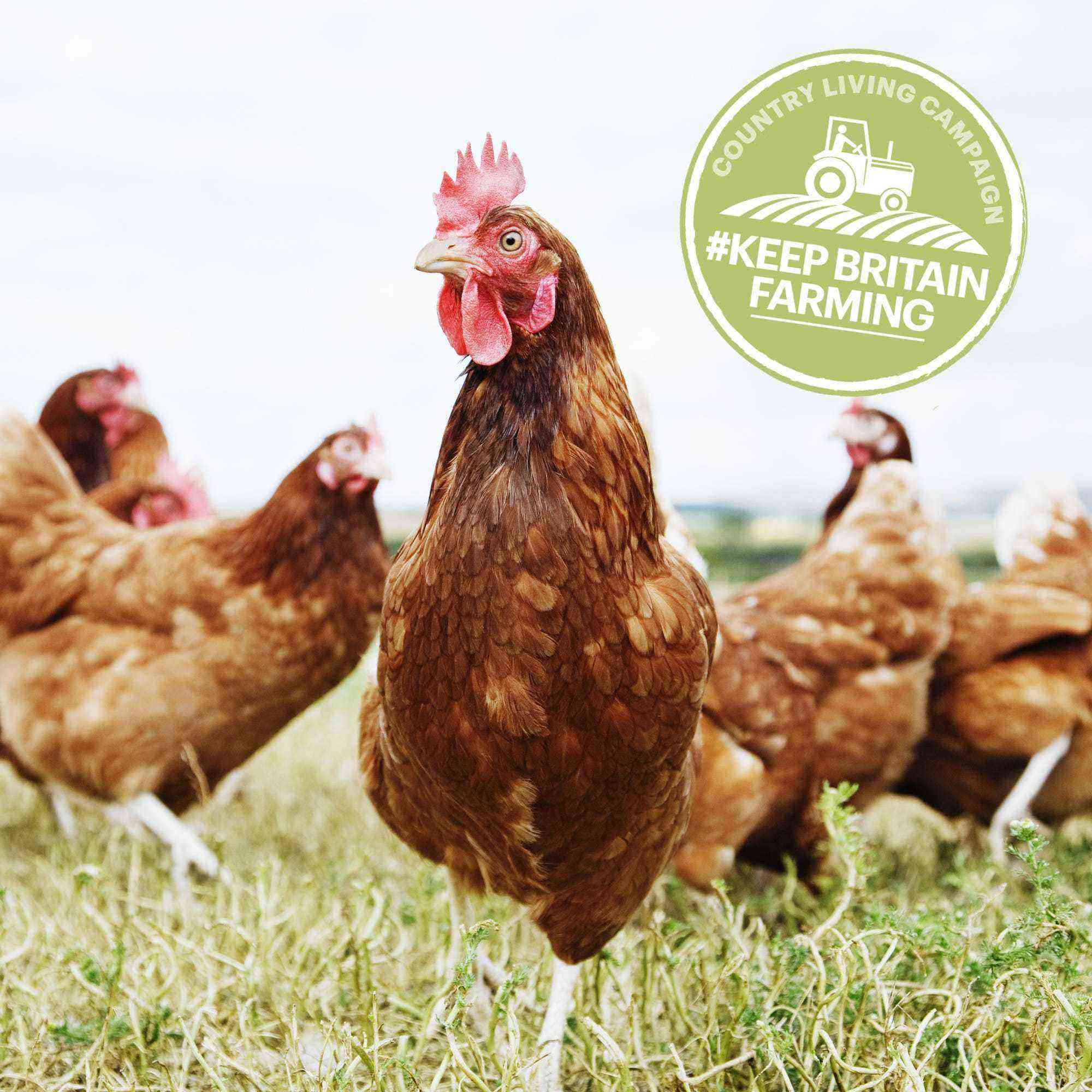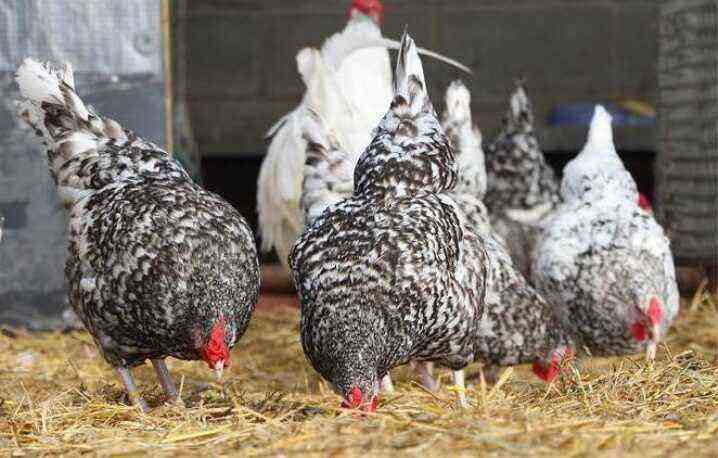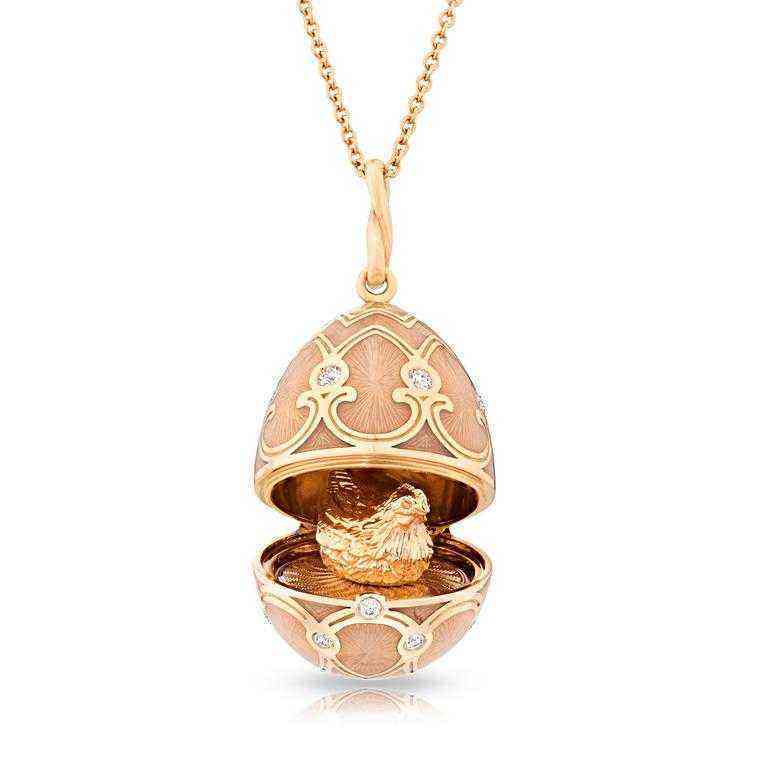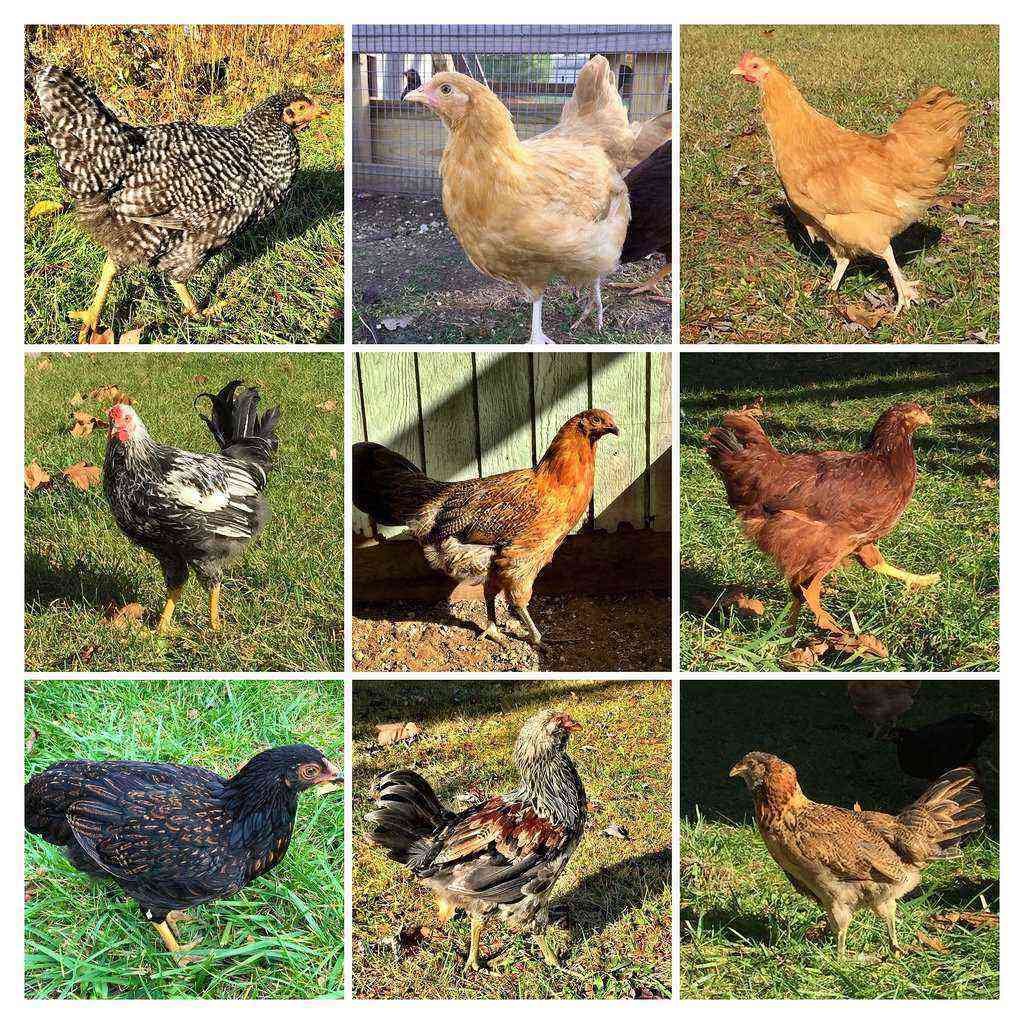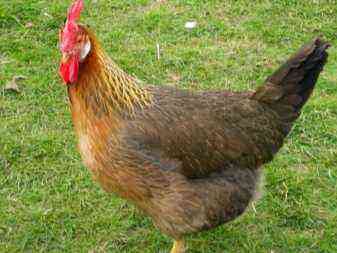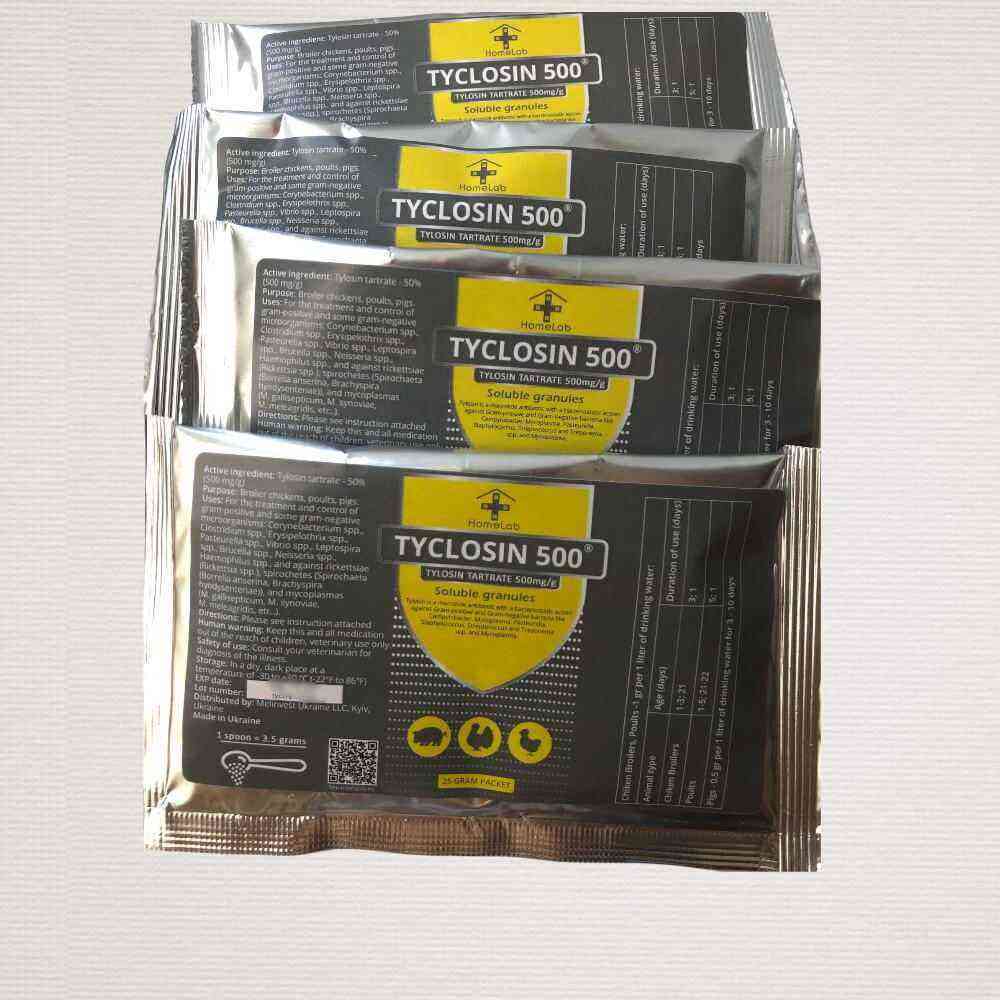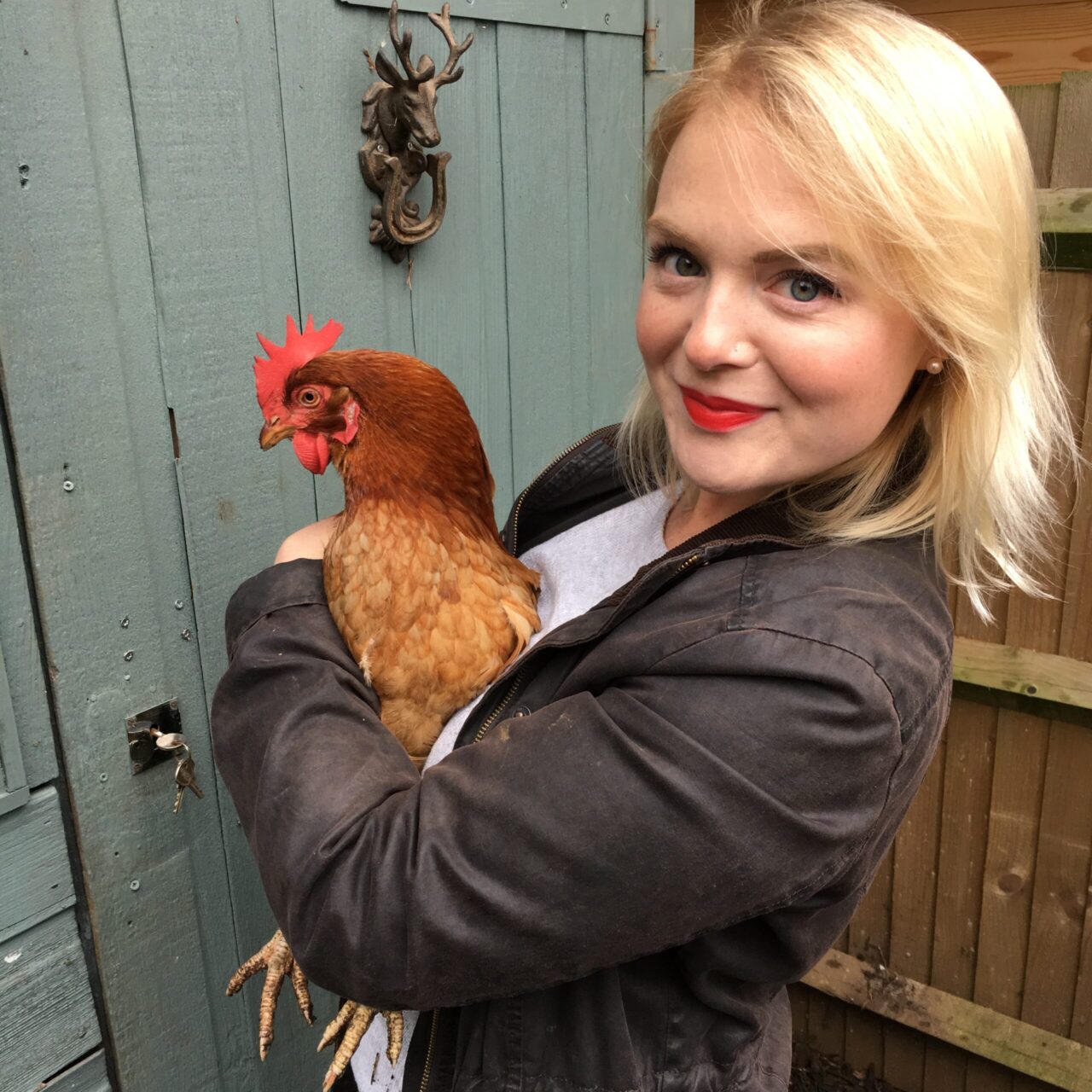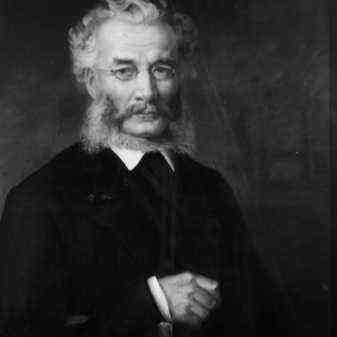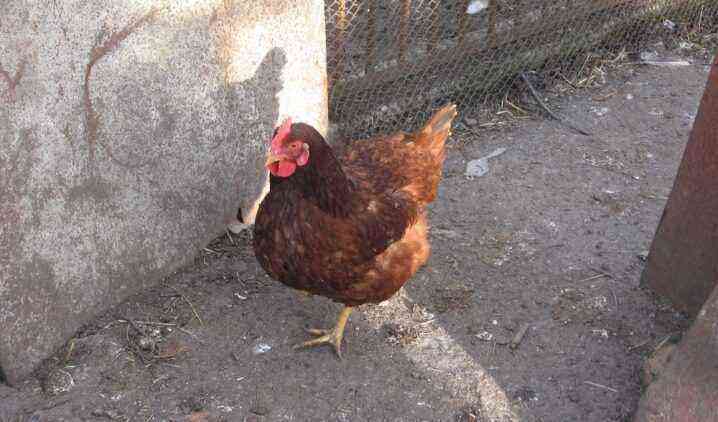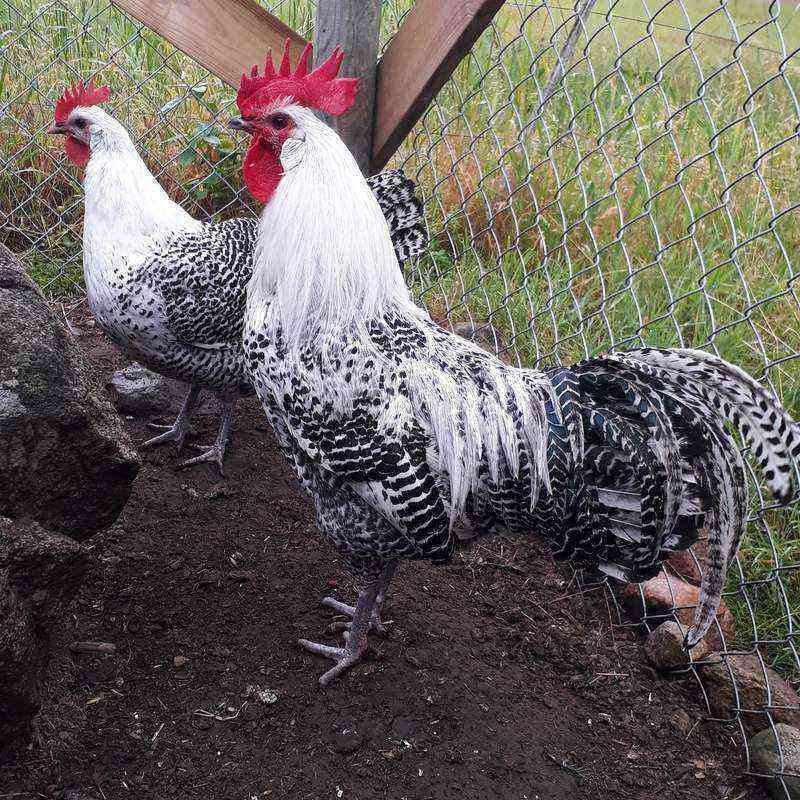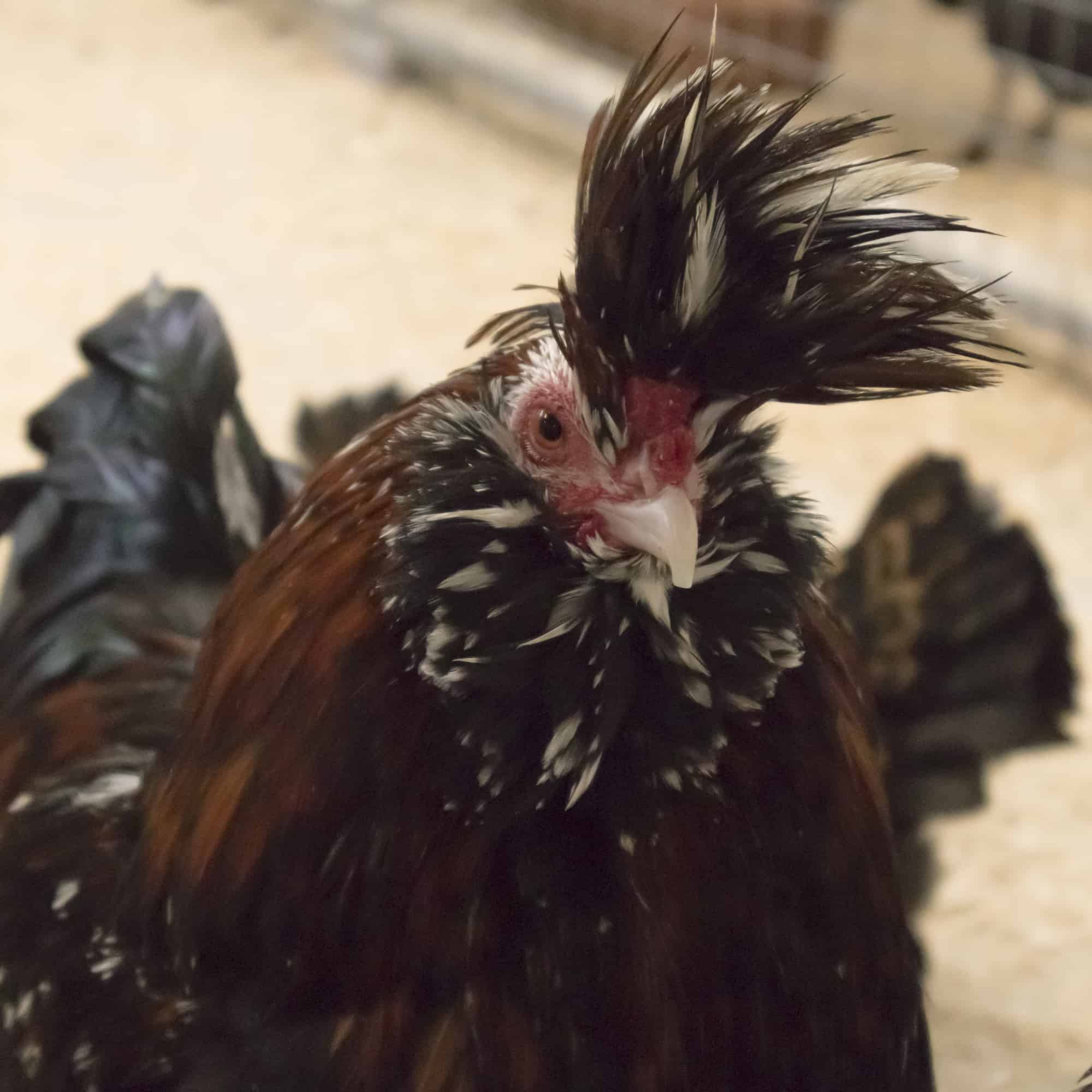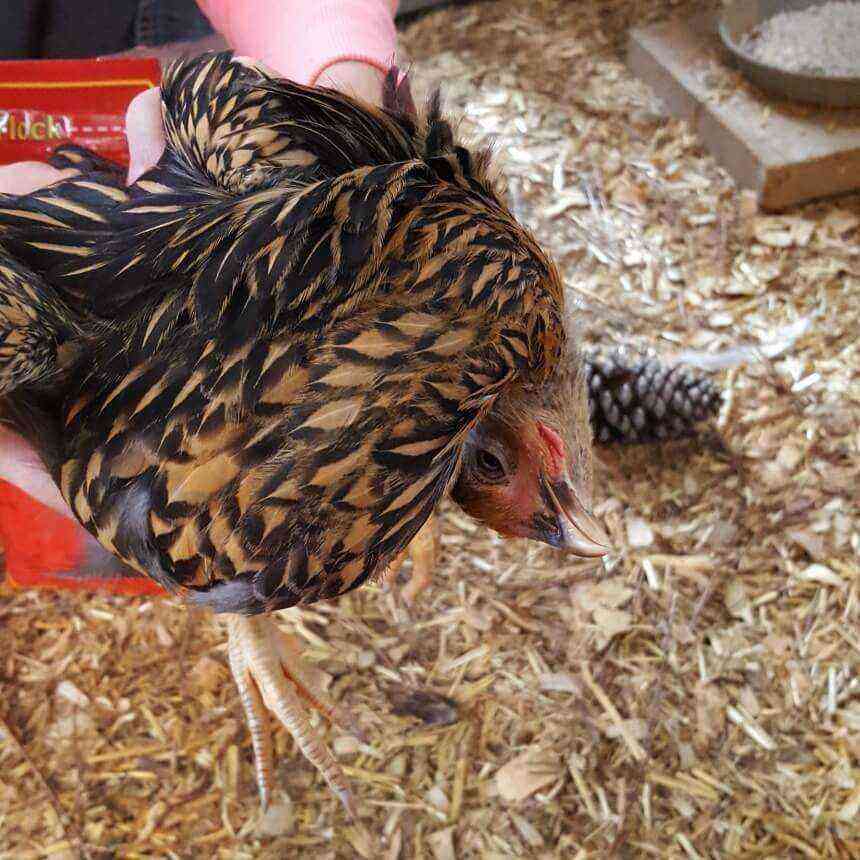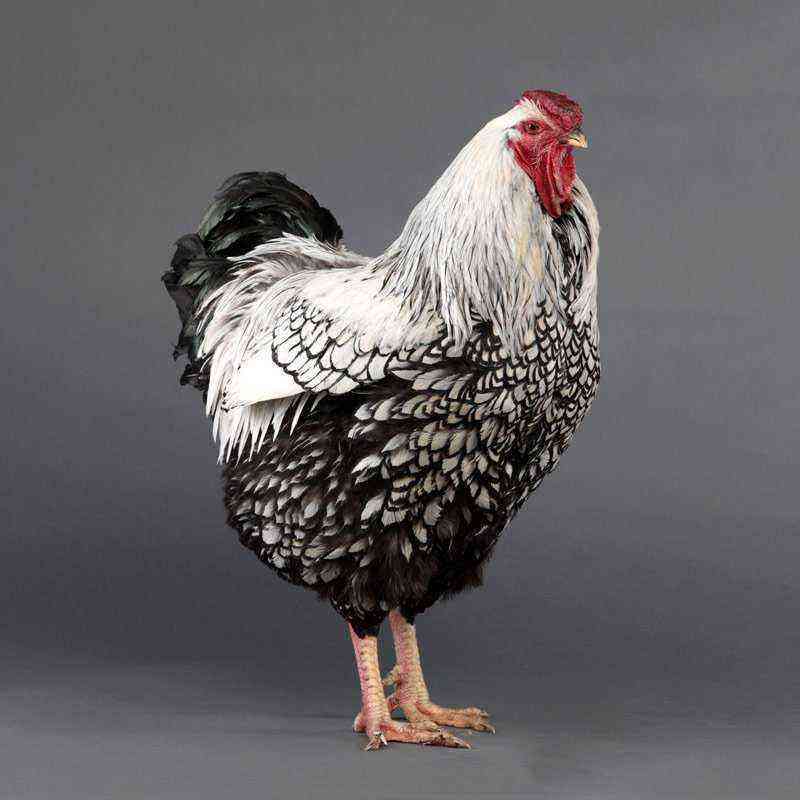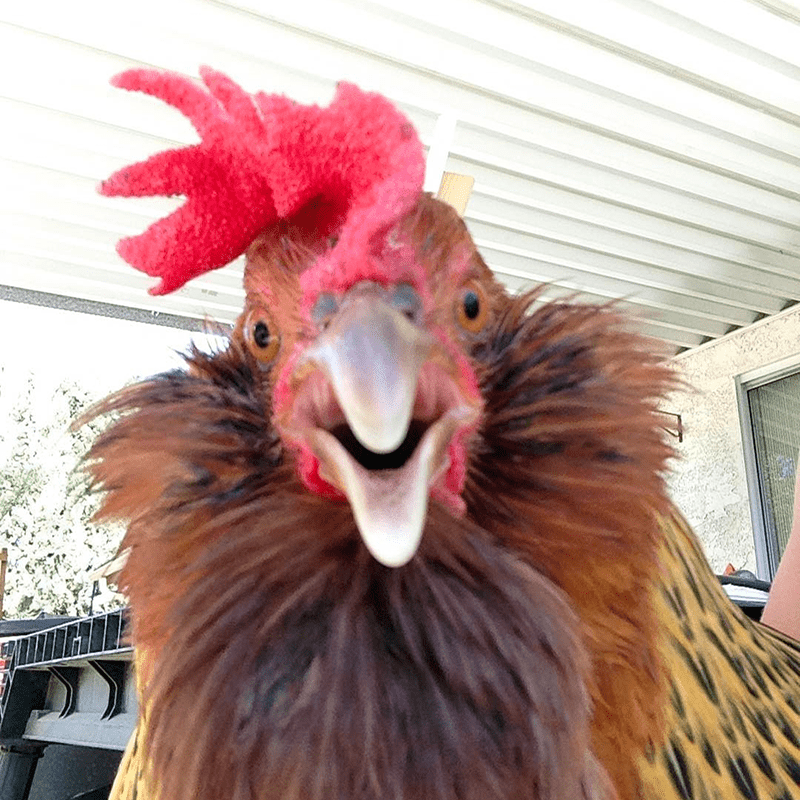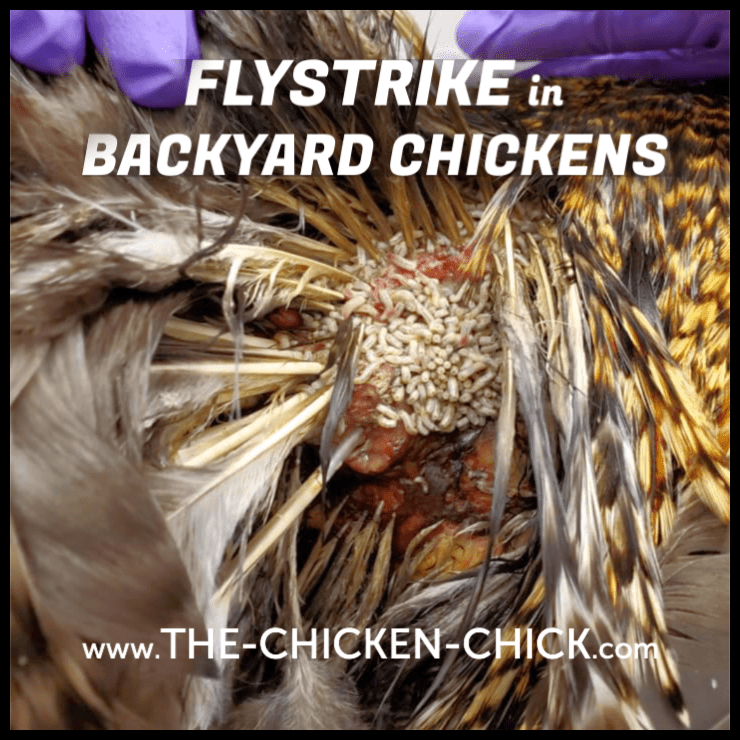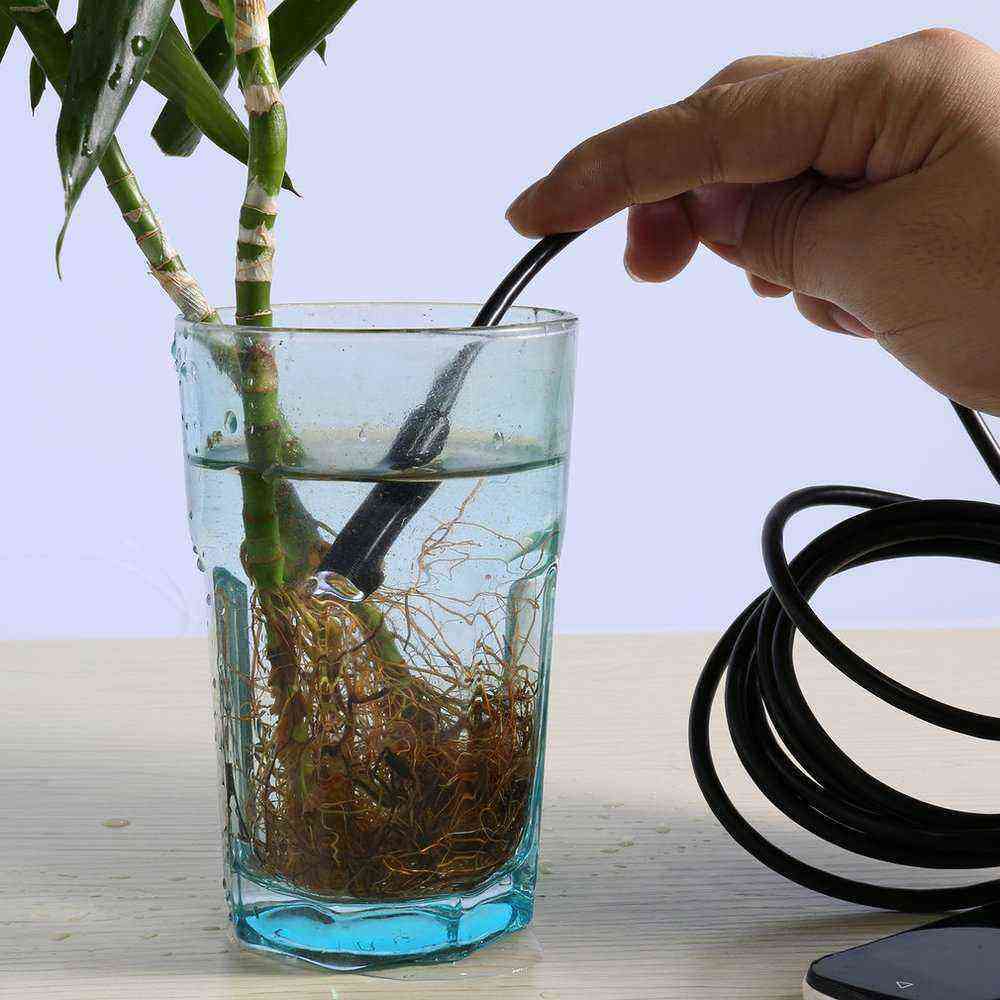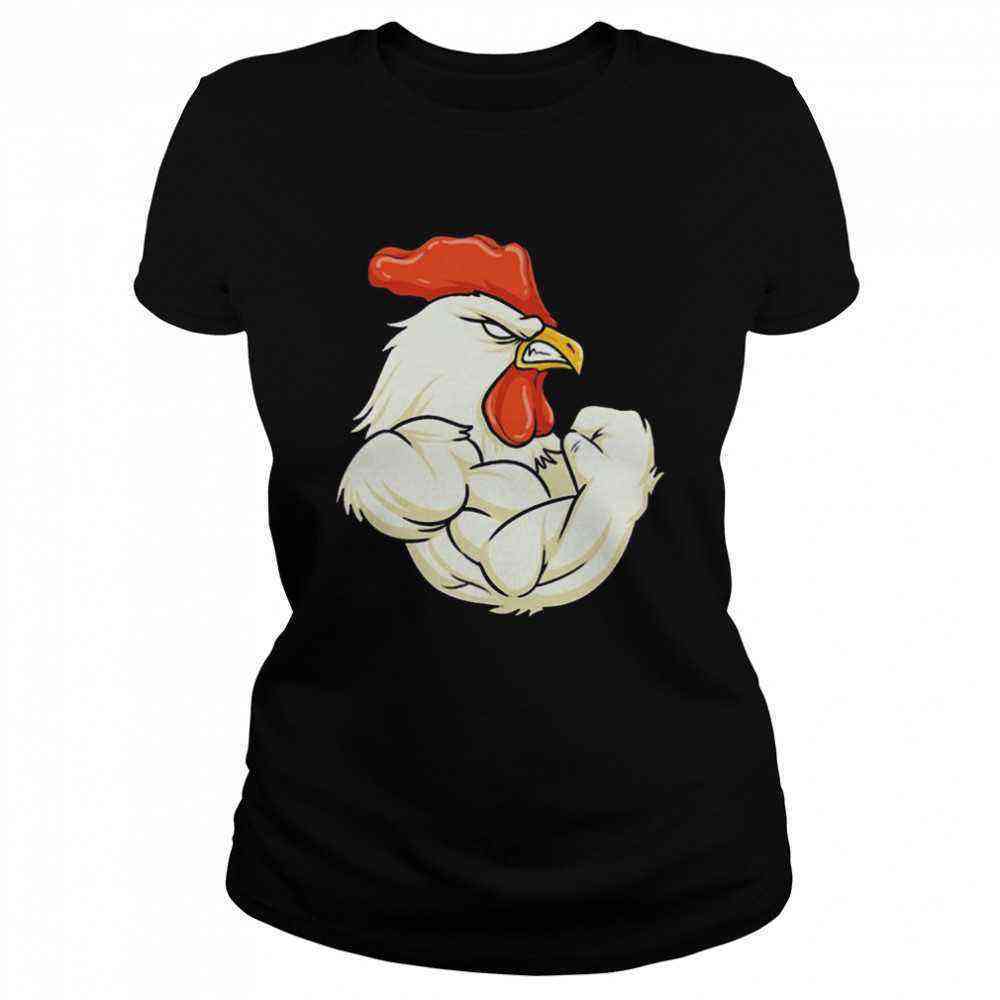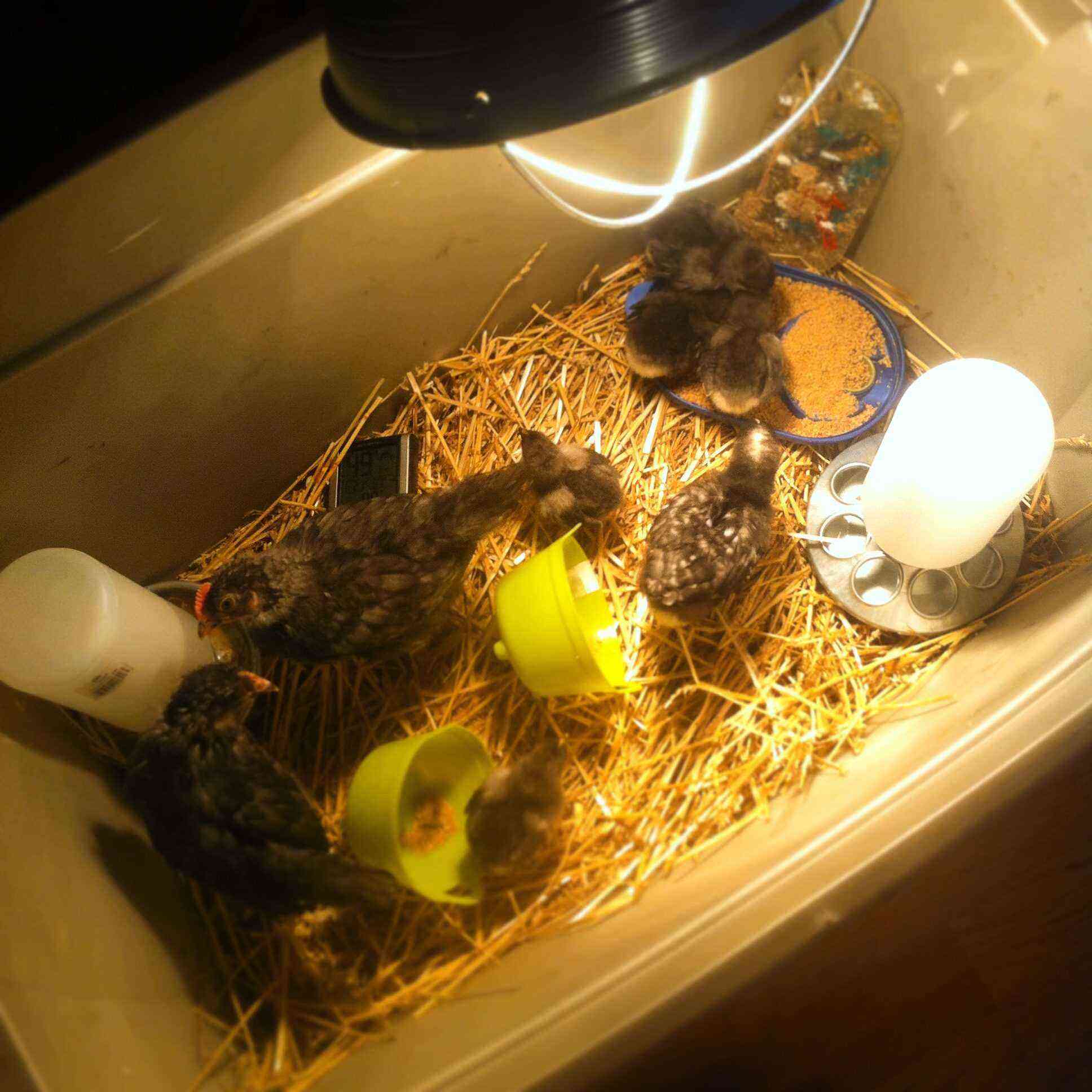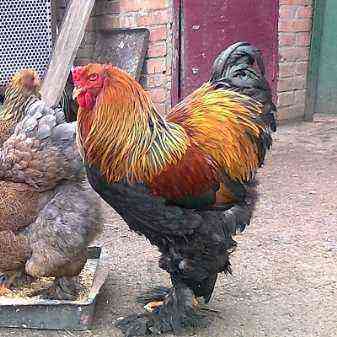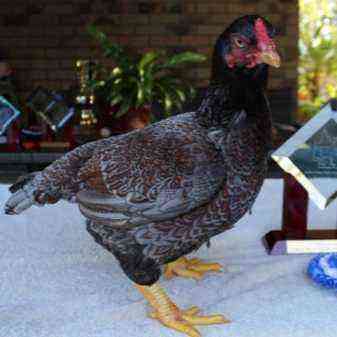Quite often, inexperienced poultry farmers do not think about the fact that, in addition to a full and healthy diet, chickens should be kept in a dry and warm room. Otherwise, they may catch a cold and get sick. The main sign that the bird has a cold is the appearance of a runny nose. Perhaps, some owners of these feathered pets think that a runny nose is completely harmless and there is nothing terrible and dangerous in its appearance. However, this is a big misconception. Chickens are very vulnerable to colds.
Runny nose is an infectious disease caused by the ingestion of fungi and bacteria on the mucous membranes of the bird. Basically, a runny nose appears in those feathered pets that are kept in poultry houses, where there is high humidity, no ventilation and quite warm, that is, in an environment in which bacteria multiply rapidly.
This disease can also appear due to a lack of vitamin A in the chicken’s body, or if there is a high level of ammonia in the air.
In no case should you start the disease or let it take its course. Treatment should begin as soon as a runny nose is detected. Otherwise, it will become chronic. The first signs of the disease are the discharge of mucus from the bird’s nose. After a while, the nose becomes very dirty and the feathered pets begin to breathe badly. To help themselves, chickens constantly shake their heads and turn their necks. At night, sitting on a perch, sick individuals make wheezing and croaking sounds. A runny nose can lead to swelling of the head and eyes, which is visible even to the naked eye.
If you start a runny nose, the treatment will drag on for a long time and will be quite difficult. In order to “pump out” a bird, a lot of effort and money will be required.
To prevent the appearance of a runny nose in chickens, it is necessary to monitor the conditions of their maintenance: provide feathered pets with a dry, well-ventilated, warm room. In addition, you need to constantly clean and clean the chicken coop, as well as properly feed the bird. All these measures will help prevent infection of poultry with infectious diseases.
